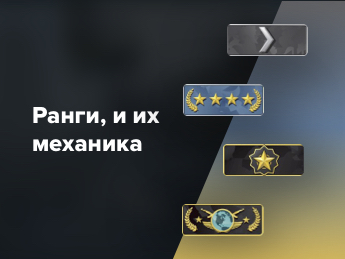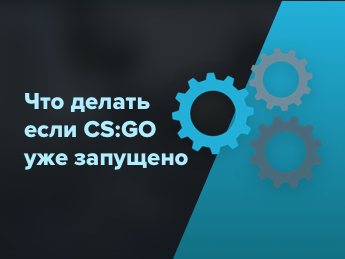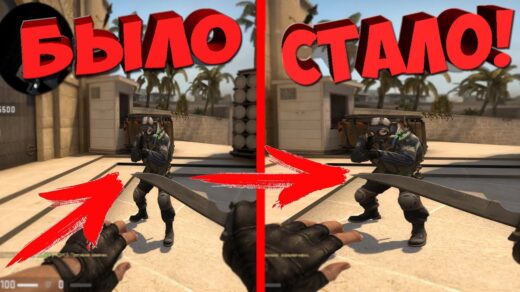Obviously, for a stable promotion in the CS:GO ranks, you will have to devote enough time to the game and training. But for additional motivation and a general understanding of the processes, it is necessary to understand exactly how the existing rank system works and under what circumstances one can expect an increase or decrease in rank.
CS:GO ranks
Here are all the ranks that are in cs
- Silver I
- Silver II
- Silver III
- Silver IV
- Silver Elite
- Silver Elite Master
- Golden Nova I
- Golden Nova II
- Golden Nova III
- Golden Nova Master
- Master Guardian I
- Master Guardian II
- Elite Master Guardian
- Dear Mister Guardian
- Legendary Eagle
- Legendary Eagle Master
- Supreme Master First Class
- World Elite
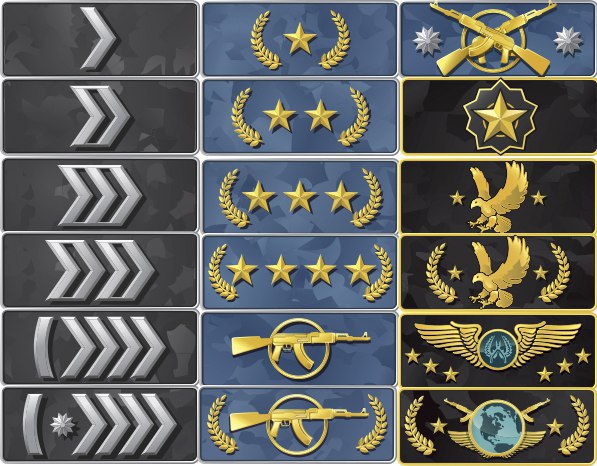
How the ranking system works
To get the very first rank, the system offers to play 10 control matches. In this case, it is allowed to receive only two victories every 21 hours. But after 10 victories, the player is assigned the appropriate title and any restrictions are removed. In this case, it should be borne in mind that the player will not be able to play in the same party with the owners of a lower or higher level (five positions up and down). This will only be possible if you collect a stack of five people.
The selection of opponents and allies for the match also works based on ranks. So far, the actual principles of selection remain a mystery. But an invariable condition for the growth of titles is stable victories over rivals.
It is important to remember that due to a long downtime (within one month), the system takes away the received title. After returning to the game, you will have to successfully play several test matches in order to return to the previous level again.
Rank distribution
Various sites that provide analytical information allow you to determine the most common title among MM players. True, the data obtained in this way should not be considered as the ultimate truth, because they are collected from all existing accounts, and not all of them have Prime status. This means that dishonest players who use prohibited software that give a significant advantage over honest users are included in the coverage.

In any case, the most common title today is Guardian Master ll, and this information can be trusted.
Elo and Glicko-2
Developers deliberately do not share reliable information about the ranking system they have created, because this can destroy the entire MM ecosystem. True, in 2015 one of the developers let slip that the system is based on Glicko-2, adapted to the needs of CS:GO.
A popular Elo system is that all players have some assigned number, reflecting the current rank, and therefore the level of the game. Accordingly, based on the difference between the numbers of opponents, it is possible to form some expectation about the outcome of the upcoming game. The winner always takes part of his opponent’s points.
Glicko-2 is specifically designed to negate some of the significant shortcomings of the Elo system. It turns out that each game played allows you to more accurately determine the level of the player’s skills, and hence his place in the ranking gradation.
Initially, Elo and Glicko-2 were developed exclusively for the 1v1 mode, which imposes certain restrictions on their use in competitive CS:GO. Because of this, developers had to make a lot of effort to connect, refine and adapt systems to real requirements.
Player Theories
A few years ago, the user “RetriBution” published more research on the ranking system based on observations of several accounts. According to his theory, the rating is determined on a circular basis, taking into account all participating players. This version explains the situation when the players of the losing team who finished first in the table are promoted. Also, this user emphasizes that MVP scores have a significant impact on ranking growth.
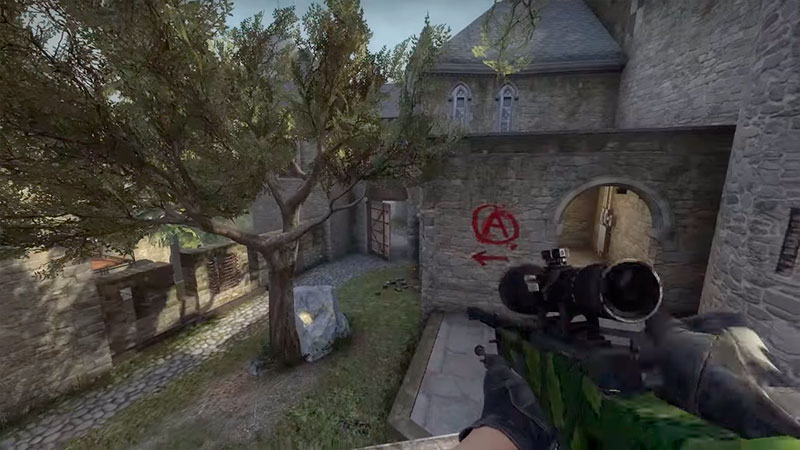
What we know for sure
Of course, not all guesses have any real justification. Therefore, it is better to build on only the information that we know for sure.
Quite a lot of factors affect your rank, and all of this is stored in Valve
The developers themselves emphasize many times that the calculations of the MM system are based on many factors, the indicators of which are conditionally divided into ranks. In practice, this means that ordinary players do not have any real opportunity to calculate all the nuances that affect the change in ranks. But the main condition for growth always remains the same – you need to win as often as possible and lose less.
The more games you play, the harder it will be to change the rank
In the event that a player remains at the same rank for quite a long time, the Glicko-2 system will start to think that it has correctly completed the task of selecting a rank and it will be very, very difficult to move on. As an example, we can recall some famous YouTubers who spend a huge amount of time on the consistent growth from the first silver to the global. Most often, the reason is hidden in the fact that the rank on their account is lowered on purpose, and therefore the system thinks that the rank indicated now reflects the real skill of the player. But even then, constant wins and growth in personal skill will help push through systemic costs.
Taking a break from the game will decrease your rank accuracy and most often result in a downgrade
When you stop playing CS regularly, you should be prepared for the disappearance of the previously earned rank. In this case, after a valid long break, the system assigns the player a lower rank than it was before. Typically, the pullback occurs one, two or three steps, so returning to the original positions will be relatively easy. This is due to the fact that the system will not be able to objectively assess the current level of the game, and therefore points will be awarded for victories with a margin.

